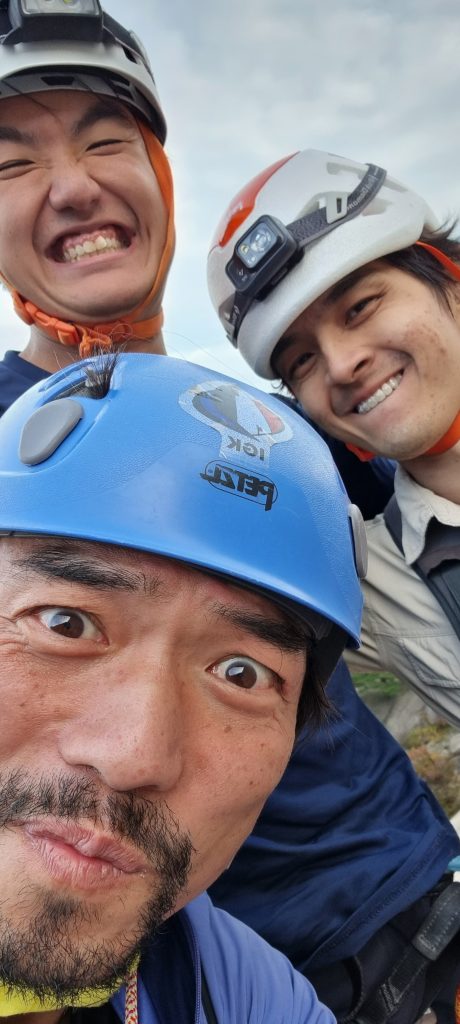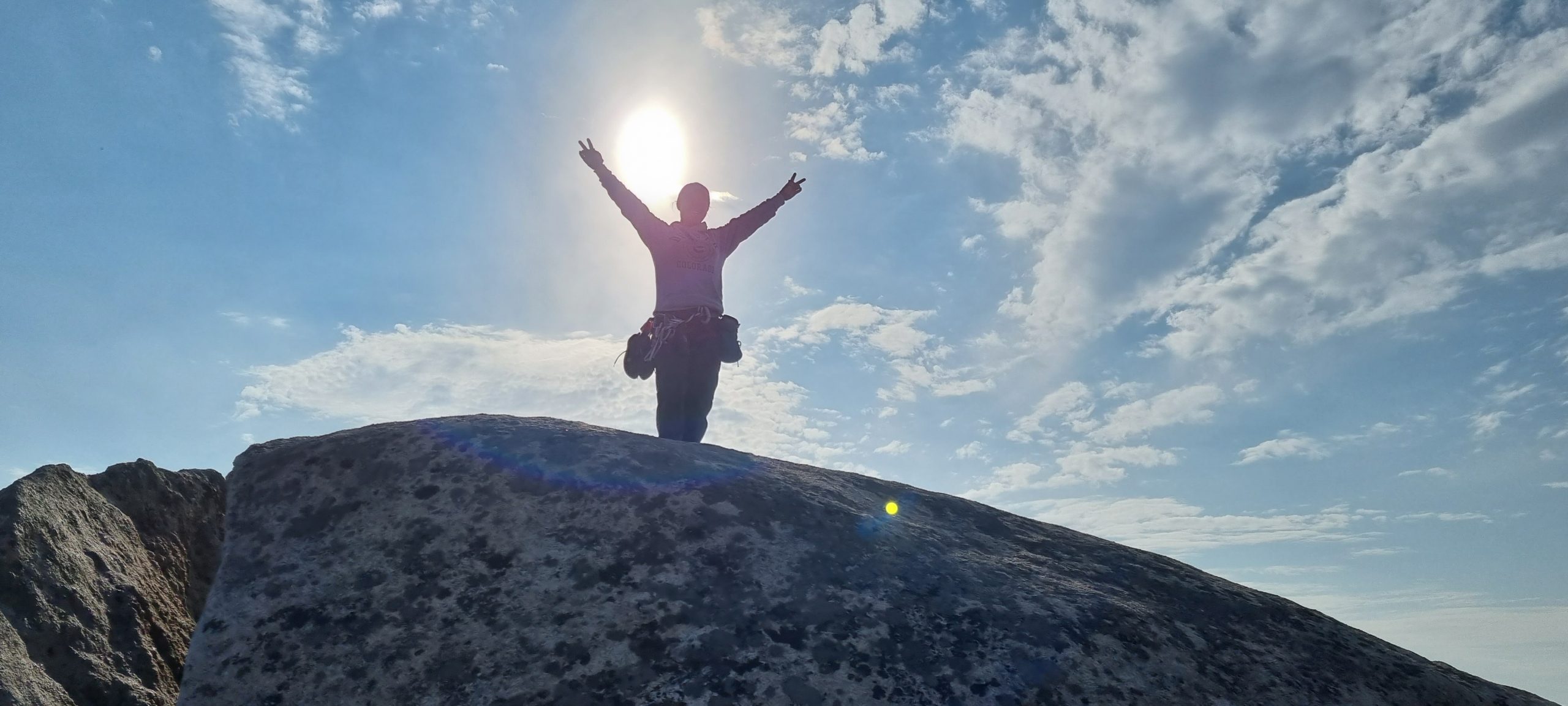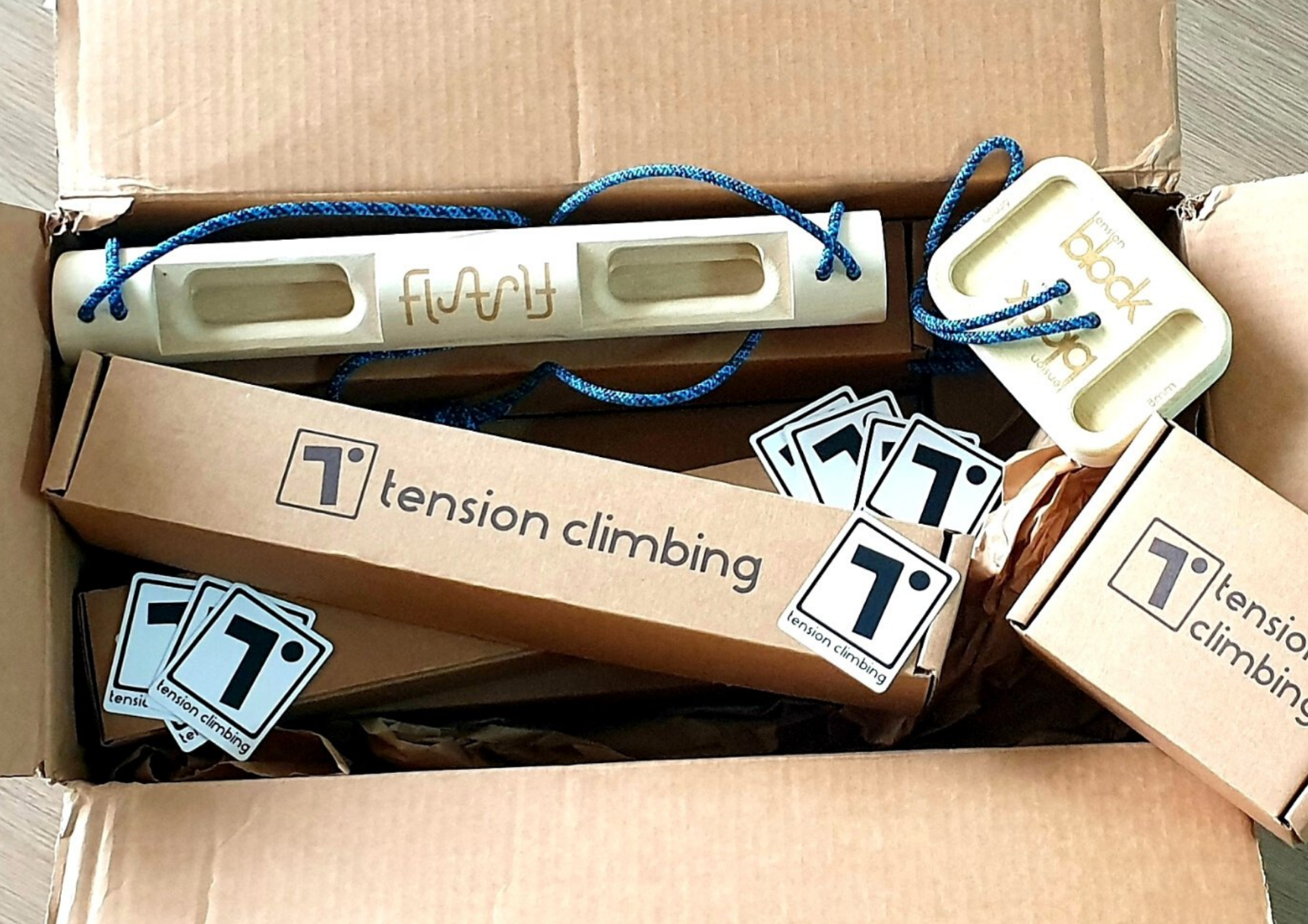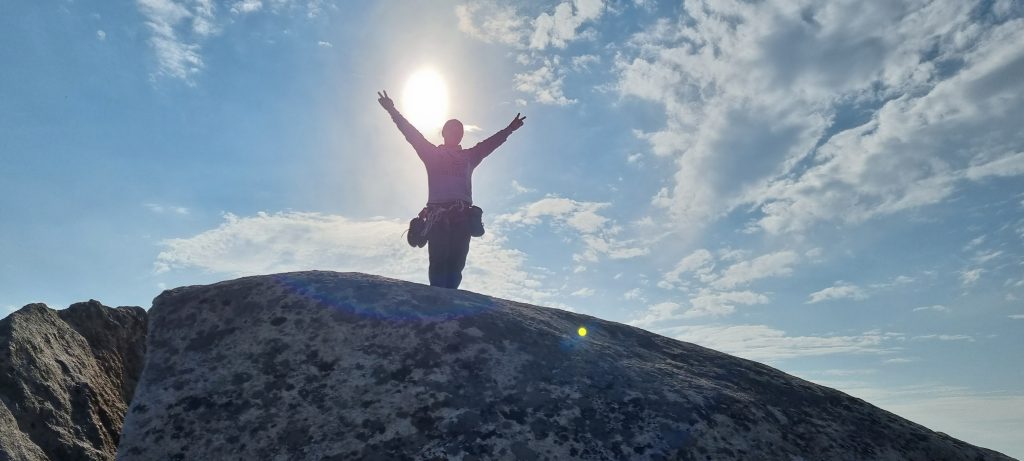
Traveling and living in another country is an enriching experience, offering a new perspective on life and a chance to explore different lands and cultures. Many expats come to South Korea for its vibrant cities, famous K-Pop, delicious food, and beautiful landscapes. While not as popular as New Jeans or Korean BBQ, rock climbing is one unique activity that makes South Korea an exciting travel destination. In this article, we will explore the reasons why rock climbing is one of the best things to do in South Korea. From the health benefits to the unique travel experiences and social interaction, rock climbing is an ideal activity for expats and visitors traveling in the ROK (Republic of Korea).
Unique Travel Experiences
One of the reasons why rock climbing in South Korea is so appealing is the unique travel experiences it offers. Just like Hawaii seems to have been made for surfing with its world-class beaches and surf breaks, South Korea was made for rock climbing. 70% of the country is composed of mountains and rock. From the granite peaks in northern Seoul to the sea cliffs in Jeju, there is so much rock to climb, and so much variety offering new climbers so much to do.
Traveling to the hundreds of rock climbing destinations in South Korea will keep even the most seasoned expat busy for years. These destinations are often geologic marvels and hidden in beautiful and less traveled areas giving intrepid travelers a unique Korean experience. An added benefit to rock climbing is that many of these destinations are very accessible. Bukhan-san, often known as the Yosemite of South Korea, is accessible by the Seoul subway. A quick search using the public transportation mode on Naver Maps will show which buses pass by the trailhead for some of the climbing crags.
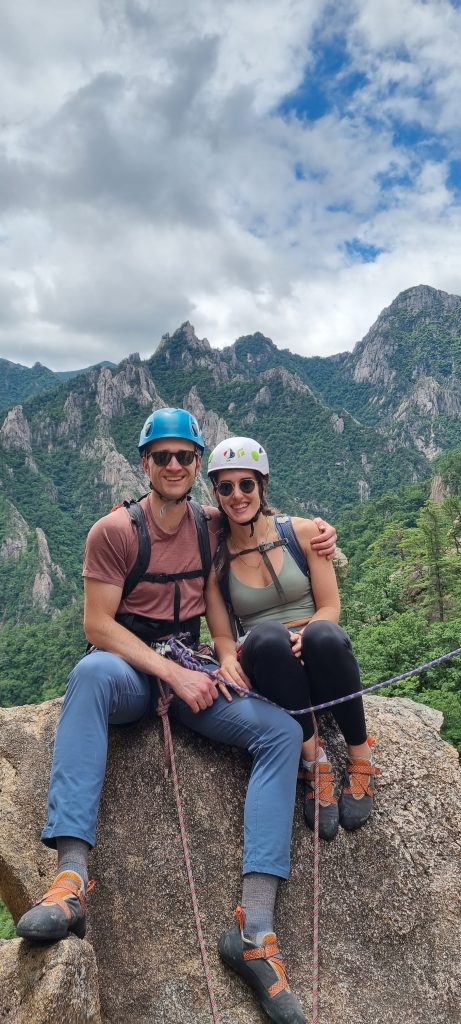
One of the must-visit destinations for rock climbing enthusiasts is Seoraksan National Park. With its granite peaks and stunning valleys, Seoraksan offers a challenging yet rewarding climbing experience. Climbing to the summit of these mountains rewards climbers with a unique view of the East Sea and Taebaek mountain range. The park is also home to the famous Ulsanbawi, an impressive granite formation and tourist destination. Climbing to the top of this rock tower is a dream for any adventurer.
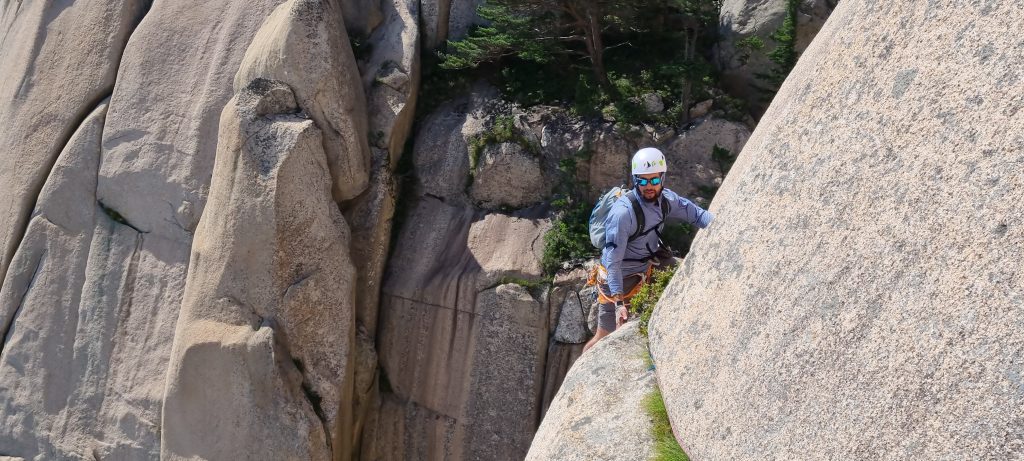
Physical Benefits
Rock climbing is not only a thrilling adventure but also a great way to improve your physical and mental well-being. In South Korea, you’ll find a wide range of rock climbing spots that cater to all levels of experience, from beginners to advanced climbers. Whether you choose to climb the sporty cliffs of Halmae-bawi or the full-day excursions of Seoraksan, you’ll be amazed by the stunning views and the challenge that awaits you.
One of the major health benefits of rock climbing is its ability to build strength and endurance. Not only does rock climbing require the use of multiple muscle groups, including your arms, legs, and core, but the hike to the mountains and cliffs will increase your overall strength, cardiovascular fitness, and flexibility.
Mental Benefits
Apart from the physical benefits, rock climbing also provides mental and emotional well-being. Scaling a cliff requires focus, concentration, and problem-solving skills. As you face the challenges of each route, you learn to overcome your fears and self-doubt, and build self-confidence. The sense of accomplishment you feel when reaching the top of a difficult climb is unparalleled.
For working expats, tired of the daily grind, exhausted by congested commutes, frustrated by colleagues, students, or superiors, the release of endorphins from exercising, and the release of adrenaline from overcoming a scary challenge helps to increase your positivity and productivity. Additionally, looking forward to an amazing climbing weekend can help you get through a tough week at the office.
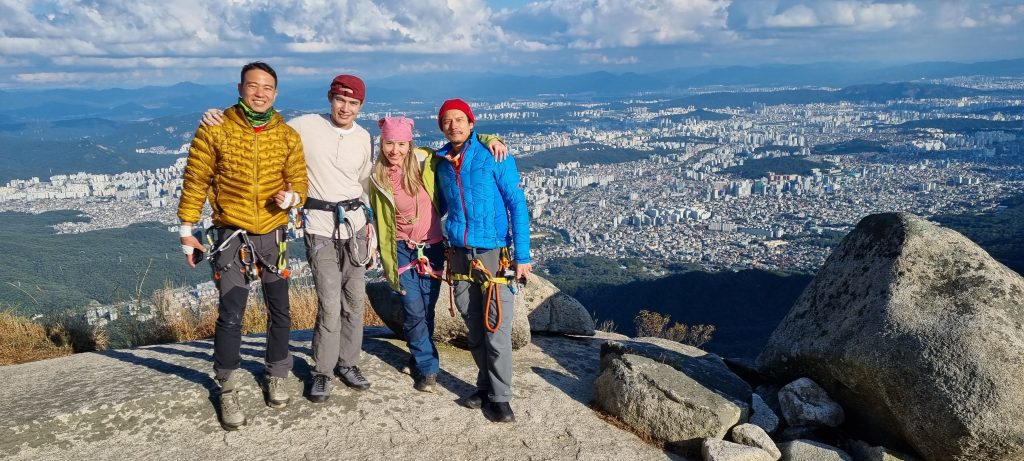
Building Relationships
Rock climbing is not just a solo sport; it’s also a great way to meet new people and forge lasting friendships. Since South Korea has become an international hub, you will meet climbers from all walks of life and many different countries. Whether you join a local climbing gym or participate in a guided tour, you’ll have the opportunity to connect with fellow climbers and share experiences.
In addition to the social aspect, rock climbing in South Korea also offers a chance to immerse yourself in the local culture. As you climb the mountains and explore the crags, you’ll encounter friendly locals who are often eager to share their knowledge and stories. The camaraderie and cultural exchange that come with rock climbing in South Korea make it a truly unique and rewarding experience.
See you at the top!
If you’re wondering about fun things to do in South Korea, and you’re looking for something more than temples and bars, try rock climbing. Rock climbing in South Korea is an adventure that combines physical fitness, mental fortitude, unique travel experiences, and social interactions unmatched by any other activity. From the health benefits of improving strength and endurance to the breathtaking views and adrenaline rush, South Korea offers a diverse range of rock climbing experiences. So, why wait? Contact iGuideKorea for more information, rock climbing courses, and tours. Embark on this thrilling journey and discover the beauty of rock climbing in South Korea firsthand. The country was made for it.
Contact Eddy Park at iGuideKorea for more information on the best things to do in South Korea. He can be reached at igk@iguidekorea.com or +82-20-2080-9443.
